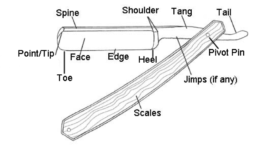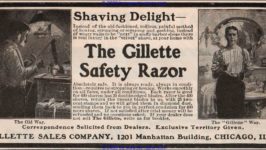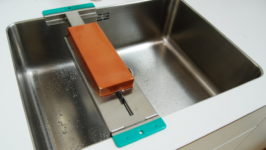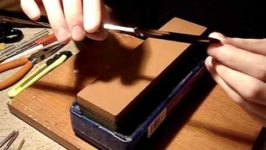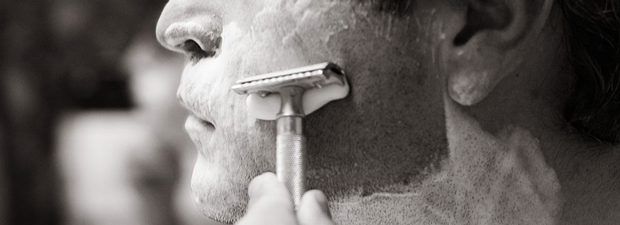
ANATOMY OF A DE SAFETY RAZOR
History of DE Safety Razor razor
The historical background of the DE Razor can be followed back to Kampfe siblings in the nineteenth century with the licensed famous Safety Razor. It was a one edge razor with an uneven cutting edge sitting on a base plate and protected with a screw. Underneath was some kind of inclined, “open mouth” trap with the scope that shaved foam and bristles could adjust and be washed occasionally for better results, that makes the wet shave more helpful and less irritating.
Despite the fact that this outline demonstrated to be extremely effective, King C. Gillette chose to introduce some innovations in the DE Safety Razor. In 1901, the famous company Gillette introduced a new design for the safety razor that is still used, changing wet shave into what we’ve come to appreciate right up ’til the present time.
As the name suggests, the tool utilized for his new outline was two-sid, taking into account a considerably more proficient and opportune removal of hair. Gillette kept on consuming the twofold edge razor and edge design. Each latest razor was a minor alteration from a-topic to fit the varying needs of a huge number of men. Practically these plans have flourished and are proceeding with generation even today.
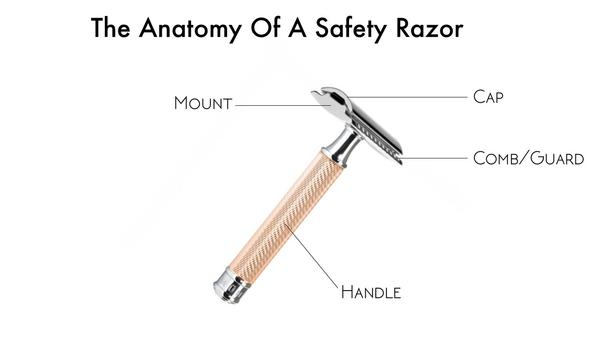
Important parts of DE razor
Here are some of the important parts of DE razor and their functions that will allow you to have a better understanding of the tool.
Base Plate:
DE Safety Razor is accurately named, as this is the ordinary metal plate whereupon the sharp edge rests while you are shaving. Rectangular fit as a fiddle, the more drawn out on either side of base plate in parallel form that include either of two sides frameworks: a security bar or open brush outline.
Top Cap:
The DE Razor top cap is an inclined metal top which will hold the edge set up and keep any horizontal development in the shave.
Handle:
The handle of Safety Razor is the part that you hold to move the razor while doing the wet shave. They arrive in an assortment of shapes, lengths and quality finishing. The length is normally 3 or 4 inches.
Tips to use the DE Safety Razor
Here are some of the important tips that will help you to use the safety razor in a satisfactory manner:
- Place your brush under the steaming water; this relaxes the fibers. Utilizing a brush will improve any man’s shaving experience. Brushes help lift hairs, which allows having a perfect wet shave.
- Shake a portion of the water out of the brush. Utilizing brush, foam your shave cleanser. Give the swarms a chance to knead your face as you apply the foam in circular movements. In the event that your cleanser transforms into a foamy facial hair, you’re on the correct way.
- Make the first layer of the foam go away with your razor. Make sure that you keep the razor at the right angle of 30 degrees
- Draw straight down. Try not to apply weight and let the handle’s weight deal with that.
- Once you are done with one side repeat the same procedure on the other side of the face.
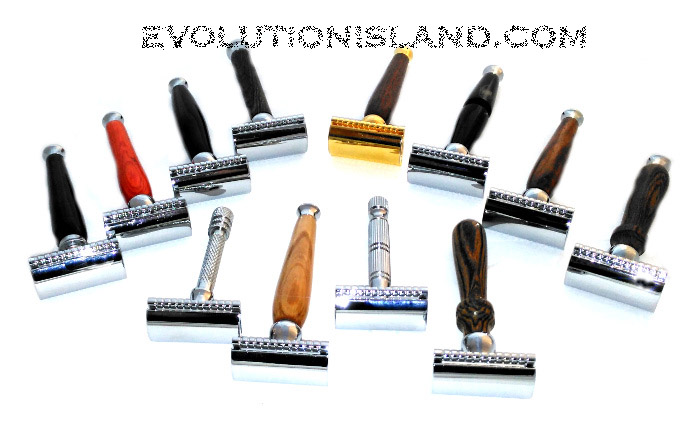
Famous types of DE razor
Here is the list of some famous and commonly used types of razors
Close comb DE razor
It is the type of DE razor that provides the strong bar base plate outline. These are the most popular design, because they’re simple and they’ve been around forever. The razor has little divots along the bar, but the bar is fundamentally straight.
Open Comb:
The DE safety razor has the security bar has been supplanted by (normally) 8 to 12 metallic teeth stretching out from base plate. It is perfect for somebody with uncommonly thick or long facial hair development.
While a security bar may really pull down and cover the above hair, the restricted teeth of an open brush razor just go between the stubble. This restricts any friction and helps you create a perfect and smooth.
Slant DE razor:
It is an astutely outlined razor. Both base plate and the top are attached so, when the sharp blade is placed, its edge will tilt at an angle of slight point. While shaving, this implies, however, your hand might move the razor handle with/over/contrary to what would be expected the cutting edge itself joins some horizontal movement. Like a cook cutting a thick nourishment or fixing, utilizing some sidelong movement disposes of the protection against the sharp edge and gives an all the smoother cut. It would be most helpful for those with the extreme facial hair/touchy skin blend

